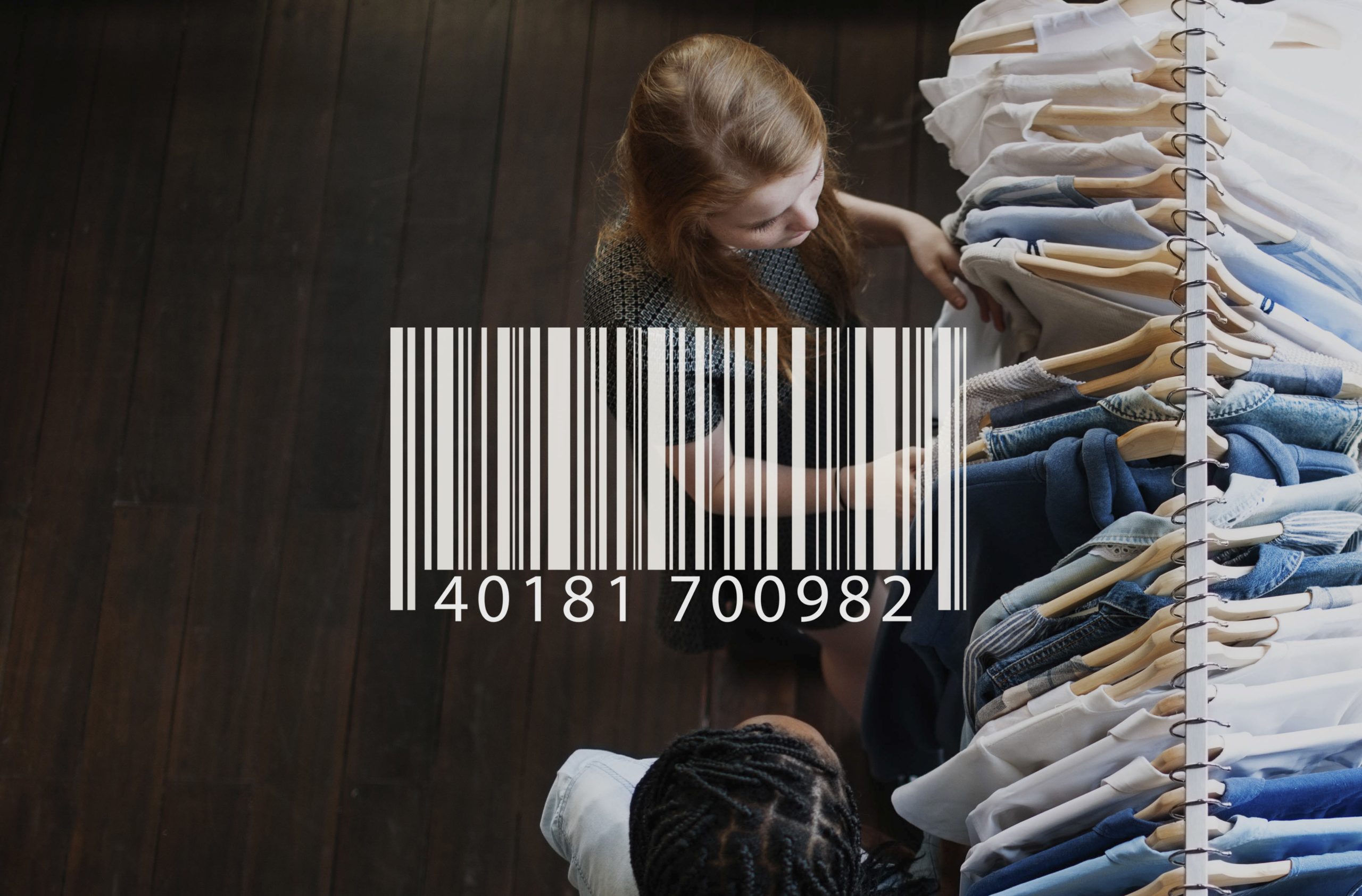Barcode Technology: Application, History, and the Future of Barcodes

Barcodes are seen everywhere, from retail spaces to warehouses, and barcode technology plays a crucial role in contemporary inventory management, logistics, and data handling. But what is barcode technology, how has it progressed over time, and what can we expect for its future? Let’s get into it in this blog post.
What is barcode technology?
Barcode technology uses unique patterns of black bars and white spaces, representing alphanumeric information. These patterns can be read by scanners, which interpret the data into readable information, whether it’s product pricing, serial numbers, or inventory levels.
Fundamentally, barcode technology facilitates rapid data input and access, making it an essential resource for businesses aiming to optimize operations, minimize human error, and enhance overall efficiency.
A brief history of barcode technology
The idea of barcode technology can be traced back to the 1940s when inventors Norman Joseph Woodland and Bernard Silver created the barcode inspired by Morse code. “I just extended the dots and dashes downwards and made narrow lines and wide lines out of them,” Norman Joseph Woodland said in a Wonders of Modern Technology article.
Their invention was first used in grocery stores in 1966 and has revolutionized the retail industry.
Types of barcodes and their applications
While the UPC barcode is the most widely recognized barcode, many others are designed to serve various needs across different industries.
- 1D Barcodes: These are the most common and straightforward types, often found on retail products. 1D barcodes, like the UPC and Code 39, store limited information and require high-quality printing for accurate scanning.
- 2D Barcodes: Unlike 1D barcodes, 2D barcodes store data both horizontally and vertically, allowing them to hold much more information in a smaller space. QR codes, Data Matrix, Aztec, Code 128, and PDF417 codes fall into this category. They’re widely used in everything from ticketing to inventory tracking, as well as marketing and advertising.
- QR Codes: These are perhaps the most versatile 2D barcodes, gaining popularity due to their capacity to store various types of data (URLs, contact details, etc.). QR codes are readable by smartphones, which has made them invaluable in consumer engagement.
The advantages of barcode technology
Barcode technology brings a host of benefits that are hard to overlook:
- Improved efficiency: Scanning barcodes significantly reduces the time needed to input data, allowing workers to handle larger volumes of items with ease.
- Reduced human error: Barcode scanners dramatically decrease the likelihood of human error in data entry, enhancing accuracy and data reliability.
- Cost savings: The automation provided by barcodes can reduce labor costs, streamline workflows, and ultimately boost profitability.
- Enhanced inventory management: Barcode systems improve inventory tracking, leading to reduced stockouts, efficient restocking, and better demand forecasting.
Emerging trends and the future of barcodes
As technology advances, so too does the sophistication of barcode systems. Here are a few trends reshaping the future of barcoding:
- RFID integration: Radio Frequency Identification (RFID) is increasingly combined with barcode technology. RFID allows for faster, non-line-of-sight scanning, making it ideal for industries like logistics and warehousing. While barcodes remain popular due to their cost-effectiveness, RFID tags are gaining ground in applications where real-time tracking is essential.
- Smartphone barcode scanning: With smartphone cameras able to scan QR codes and other 2D barcodes, consumer interaction with products has changed drastically. For businesses, this enables interactive marketing, loyalty programs, and mobile payments.
Barcode technology, though seemingly simple, has made a monumental impact on modern commerce and logistics. As it continues to evolve, the humble barcode is set to play a central role in shaping the future of various industries by merging with innovative technologies. While it may have started as a series of lines on a grocery store shelf, barcode technology has transformed into a vital tool and its journey is far from over.
Vanguard ID Systems is a leading manufacturer specializing in custom-made card solutions and RFID technology. Our range of custom card solutions includes gift cards, loyalty cards, and direct mailers, all of which can effectively enhance the exposure of your brand and attract a wider customer base. Our RFID technology solutions are designed specifically for your business needs, enabling you to enhance efficiency and profitability throughout your organization. Our personalized RFID solutions include labels for inventory management and asset tracking, and bands and cards for access control to name a few key areas. Contact one of our Vanguard ID Systems Technical Representatives today at 1-800-323-7432 or email us at info@vanguardid.com

